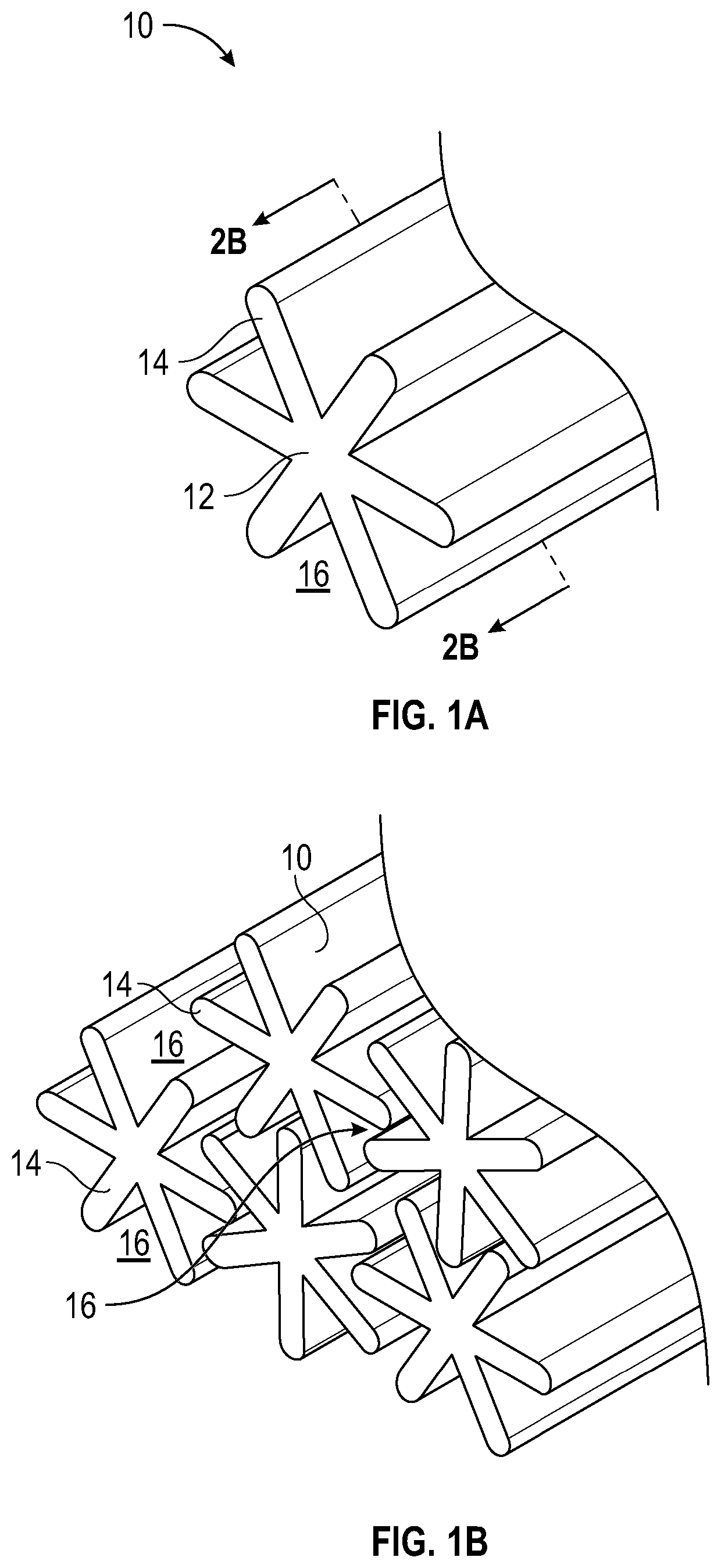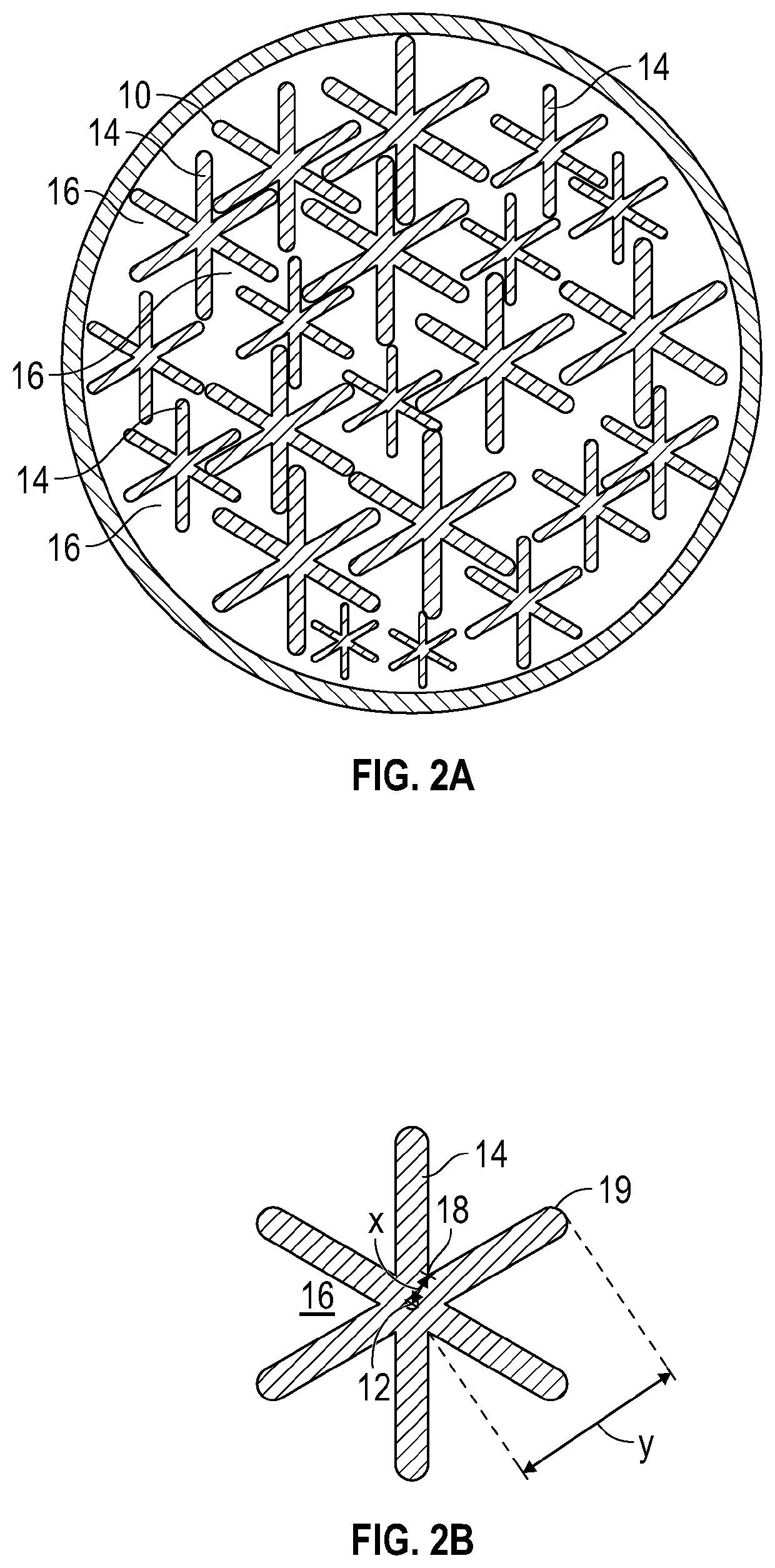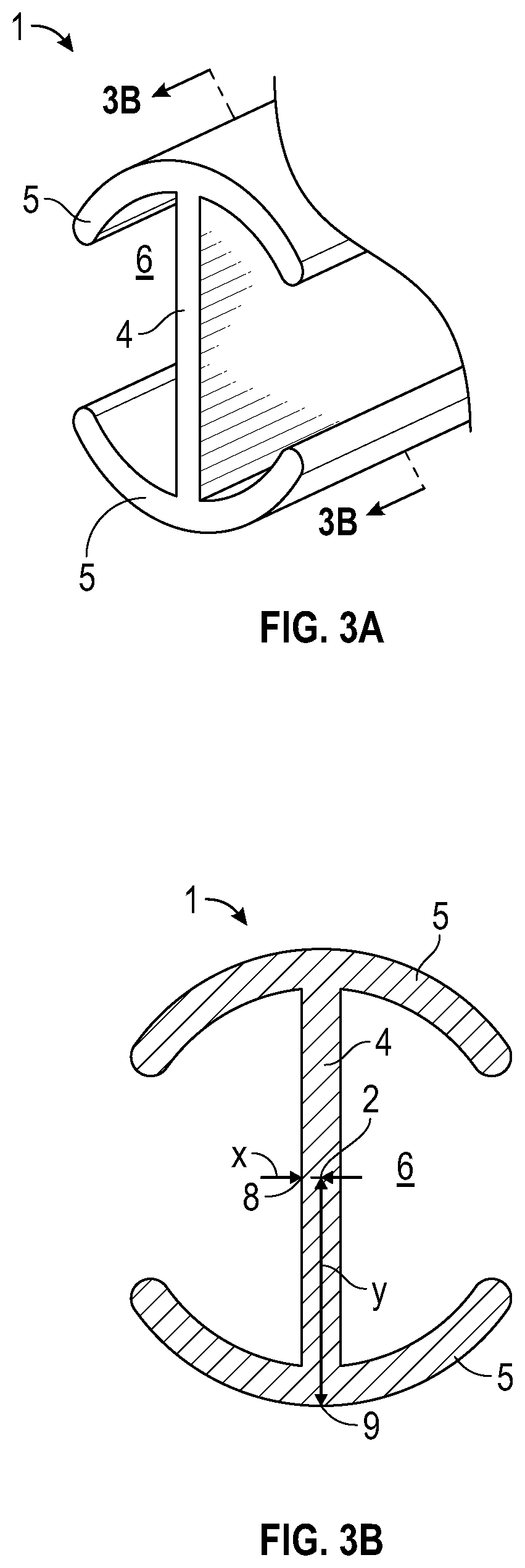Rods and assemblies of rods for the collection and transportation of water
a technology of rods and rod assemblies, applied in the direction of sewage draining, ways, ground pavings, etc., can solve the problems of large water waste, blockage of structures, and significant water loss due to evaporation, and achieve the effect of high collection and discharge capacity
- Summary
- Abstract
- Description
- Claims
- Application Information
AI Technical Summary
Benefits of technology
Problems solved by technology
Method used
Image
Examples
Embodiment Construction
)
[0074]The inventor has tested an exact model of the most common drainage assembly, namely a perforated pipe surrounded by drain rock. The test revealed results that are inconsistent with expectations. A model with holes in the bottom was used to indicate when water passed through the testing assembly instead of being collected in the perforated pipe. During the test, despite a steady steam of water coming out of the bottom of the model, there was no water in the pipe. An actual construction of a drainage pipe confirmed that water does not enter the pipe to any significant level; instead, the water flows through the drain rock surrounding the pipe. The results are consistent with flow behaviour of water.
[0075]Water can only enter the perforated pipe when the flow path becomes blocked and the groundwater level rises. The rising water creates pressure to force the water through the perforations in the pipe. This observed behaviour verifies that the source for drainage collection is fr...
PUM
 Login to View More
Login to View More Abstract
Description
Claims
Application Information
 Login to View More
Login to View More - R&D
- Intellectual Property
- Life Sciences
- Materials
- Tech Scout
- Unparalleled Data Quality
- Higher Quality Content
- 60% Fewer Hallucinations
Browse by: Latest US Patents, China's latest patents, Technical Efficacy Thesaurus, Application Domain, Technology Topic, Popular Technical Reports.
© 2025 PatSnap. All rights reserved.Legal|Privacy policy|Modern Slavery Act Transparency Statement|Sitemap|About US| Contact US: help@patsnap.com



